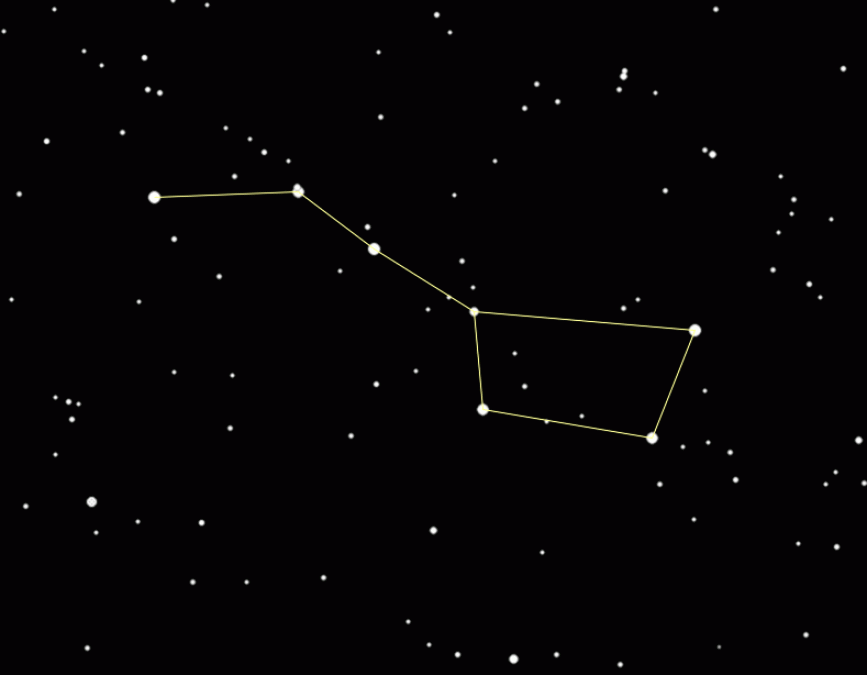The Big Dipper is one of the most easily recognizable asterisms in the night sky, found in the constellation Ursa Major, the Great Bear.
- The Big Dipper is well-known in many cultures and goes by many names, among them the Plough, the Great Wagon, Saptarishi, and the Saucepan. The asterism is particularly prominent in the northern sky in the summer, and is one of the first star patterns we learn to identify.
also read: Amazing Facts: Crazy Facts about women
- The Big Dipper isn’t a constellation. What?! Seriously. The formation is actually an asterism and part of the constellation Ursa Major.
- The Big Dipper is comprised of seven stars: Alkaid, Mizar, Alioth, Megrez, Phecda, Merak, Dubhe.
- In 50,000 years, the Big Dipper will change shape and face the opposite way.
- The Bible refers to the formation as “the seven stars” (Amos 5:8).
- In other countries, the Big Dipper is referred to as the Plough, the Saucepan, the Great Wagon, and the Big Bear.
- The Big Dipper is often confused for the constellation Ursa Major itself and its name used synonymously with the Great Bear. However, the Big Dipper is not itself a constellation, but only the most visible part of Ursa Major, the third largest of all 88 constellations.
- The stars that form the Big Dipper are the seven brightest stars in Ursa Major: Alioth, Dubhe, Merak, Alkaid, Phecda, Megrez, and Mizar.
- Once you have spotted the Big Dipper, you have also spotted the Big Bear constellation, because the handle of the Big Dipper forms the tail portion of the Big Bear. Moreover, once you have found the North Star, the Little Dipper or Ursa Minor can also be spotted. The North Star forms the star at the end of the handle of the Little Dipper. However, this is not as easy as spotting the Big Dipper, because the stars forming the pattern are fainter.
also read: Amazing Facts: Surprising lizard facts
